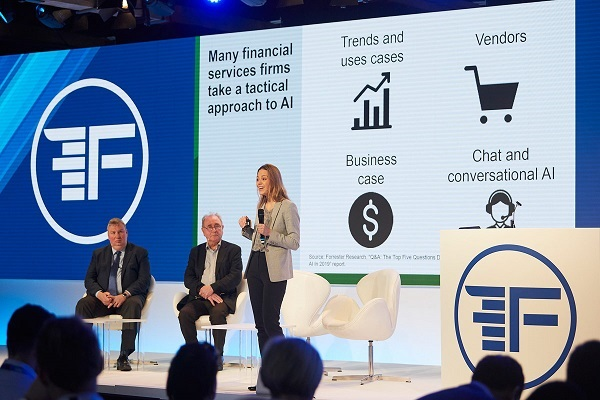The scope of application of artificial intelligence is almost unlimited. However, there is at least one field where the role of AI can hardly be overestimated. This field is security, or, to be more exact, the financial security of Internet services users. If your app can’t guarantee the highest level of security to its users, everybody will stop using it. How can we use for fraud detection machine learning, which is an integral part of AI? Let’s try to understand.
Types of a Financial Fraud
Well, what is a financial fraud? It is a swindle or a piece of deception for the purpose of other people’s money appropriation. The most popular types of a financial fraud associated with using online services are the following:
- Card skimming or carding. Swindlers attach reading devices to ATMs in order to obtain cards’ data.
- Viruses. Special malware can cause substantial damage to users and steal their personal and financial information.
- Phishing. In simple terms, this is creating a trusted website’s replica in order to deceive people and steal confidential data, which they enter when visiting the site.
- Mobile viruses. Like PC malware, special “mobile” viruses help swindlers get access to the confidential data stored on mobile devices.
As you see, nobody is 100% secured from a fraud. However, fraud detection software can help to reduce the risks substantially.
Anti-Fraud Systems and Their Mechanism of Working
An anti-fraud system is a system that helps to detect and stop a potential fraud automatically. Such systems are typically used in the spheres that are sensitive to financial fraud – all types of payment systems, banks, telecommunication services and so fours.
Fraud detects systems are diverse; they are usually developed by an order of particular companies, so their algorithms can vary. However, the key principles of action are similar. The main task that is executed by such a system is an early detection of any deviations or abnormalities in user behavior or ongoing working processes. That is why to develop a customized system for your business protection you need to do the following preparatory steps:
- study and analyze typical user actions;
- decide what behavior patterns should be considered non-typical or abnormal;
- determine the situations where notifications should be formed
The particular algorithm and the volume of data analyzed can vary depending on the type of your business and the tasks executed.
Machine Learning in Detecting a Potential Fraud
The distinctive feature of artificial intelligence is a capability of self-teaching. As data is accumulated, the system becomes more and more intelligent, thus increasing the overall effectiveness of the system. In particular, with the course of time, the number of false positive and negative frauds reduces.
- False positive frauds are situations where actions of real users are treated as attempts of frauds, transactions are declined and accounts are frozen pending an investigation. On the one hand, the consequences are less dramatic than when a real threat is missed, but it still can bring some very unpleasant moments to the user and doesn’t raise his or her loyalty to the company.
- False negative frauds are situations where real threats were missed or ignored, which resulted in a fraud and loss of money by the company or/and by a user. After thousands or even millions of situations have been analyzed, the system’s level of “intelligence” increases and these false frauds occur much rarer.
As you see, machine learning and fraud detection are closely associated. Hackers are constantly developing new and new ways to access users’ personal and financial data, and AI systems’ ability of self-educating is a very promising feature in this respect.
How is Fraud Prevented?
Creating an anti-fraud system, you need to understand that there are different methods of preventing frauds in the financial sphere with the help of machine learning:
- Analysis of users’ behavior and determining what behavior is considered “normal” and “abnormal”.
- Aggregated data investigation is a more precise method as big data arrays are analyzed.
- Social graph analysis means that user accounts are treated as a social network, and transactions – as messages. It helps to track suspicious transactions.
- Automation of some processes. AI systems help not just prevent frauds, but also raise the overall work efficiency via automation of routine tasks.
- Better users’ identification. Modern machine learning systems can analyze users’ photos and “remember” the network of veins in their eyes. If photo identification is used, swindlers will not be able to access user accounts, as the system won’t recognize them.






















